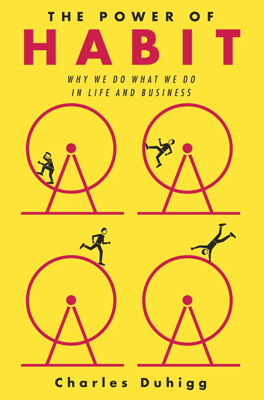The Habit Loop: How Habits Work
Understanding Habits Through Eugene's Story
In 1993, Eugene Pauly, referred to as E.P., began exhibiting significant memory loss after contracting viral encephalitis. This virus severely damaged his brain, particularly his medial temporal lobe, which significantly impaired his ability to form and retain new memories. Despite these challenges, Eugene maintained a degree of normalcy through his retention of habits, which continued to function almost independently of his conscious memory.
The Habit Loop
Eugene's case provided pivotal insights into the neuroanatomy of habits. Larry Squire, a memory specialist, observed that despite Eugene’s severe memory loss, he could develop new habits without retaining any memory of the experiences that created them. This phenomenon underscored that habits operate on a subconscious level, governed by a neurological loop involving three steps:
- Cue: A trigger that tells the brain to initiate a behavior.
- Routine: The behavior itself.
- Reward: A positive reinforcement that tells the brain the loop is worth remembering.
Through continuous repetition, this loop becomes more ingrained until the behavior is executed with decreased brain activity, showing that habits can form and operate independent of memory or conscious intention.
The Role of the Basal Ganglia
Eugene's brain scans indicated that his basal ganglia were intact, suggesting that this brain area plays a crucial role in habit formation and execution. The basal ganglia, a primitive part of the brain involved in automatic behaviors, helps conserve mental energy by automating routine actions. This allows the brain to focus on more complex tasks, highlighting the brain's tendency to optimize for efficiency.
Fragility and Plasticity of Habits
While Eugene's habits allowed for a form of autonomy, they also showed a high level of fragility. Slight changes in his environment could disrupt his habits, leading to confusion or disorientation. This suggests that while habits are powerful, they are sensitive to external cues and can be easily disrupted when conditions change.
Implications for Behavioral Change
The insights from Eugene's condition have profound implications for understanding human behavior. Habits are shown to be deeply embedded within the brain's structures, making them challenging to change. However, by manipulating cues and rewards, it is possible to alter established habits or create new ones. This understanding opens avenues for therapeutic interventions and behavior modification strategies, emphasizing the potential to harness the power of habits to improve human well-being.
Eugene’s story illustrates the profound impact of habits on human behavior, demonstrating that even in the absence of memory and conscious awareness, habits can shape actions and provide a framework for interaction with the world. His case not only added valuable information to the field of neuroscience but also highlighted the enduring nature and transformative potential of habits in human life.
